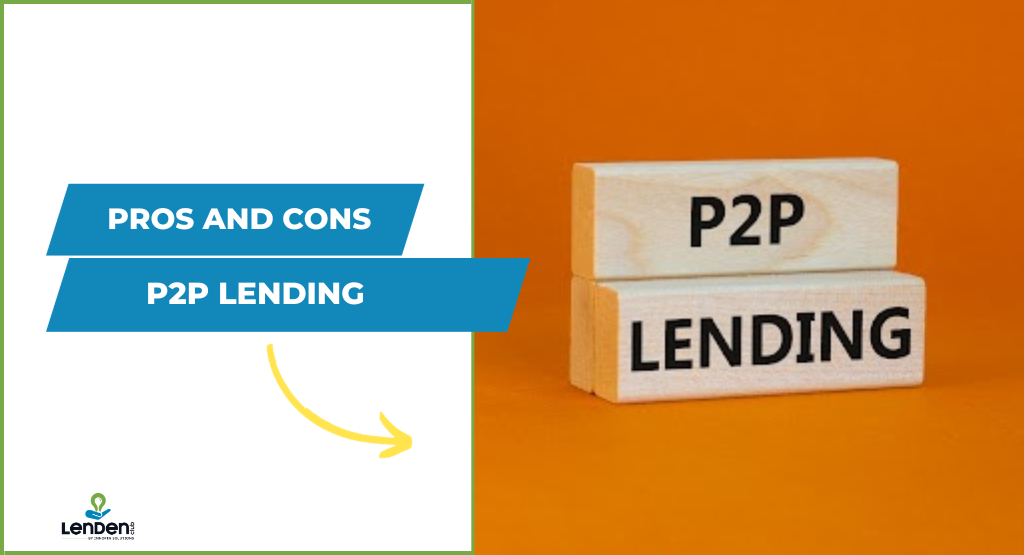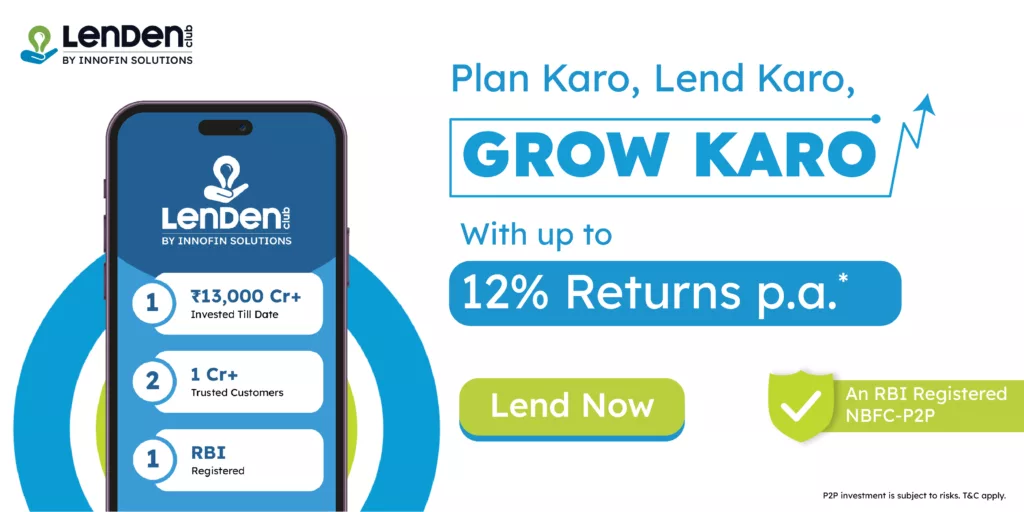Advantages and Disadvantages of Peer to Peer (P2P) Lending

Have you ever wanted to secure a loan without having to provide collateral as security? Were you successful in obtaining such a loan? Although secured loans are common in the business and are often backed by high-end merchandise, peer-to-peer lending is gaining prominence.
P2P lending stands out as an alternative financing method due to its unique characteristics, which come with their own set of advantages and disadvantages. Global statistics show a rising trend in P2P lending, reaching a notable US$147.9 billion in 2022.
The P2P financing system provides debts that are both secured and unsecured. Nevertheless, personal loans with no collateral make up most of the funding in peer-to-peer lending.
Peer-to-peer (P2P) lending, also known as crowdlending or social lending, is a form of lending that connects individuals or businesses looking to borrow money with investors willing to lend funds, typically through online platforms.
Instead of borrowing from traditional financial institutions like banks, borrowers obtain loans directly from individual investors or groups of investors. P2P lending platforms facilitate the lending process by providing a marketplace where borrowers can create loan listings and investors can browse and choose which loans to fund.
Additionally, investors have the opportunity to earn returns that may surpass those from traditional savings accounts or investments.
Pros of Peer-to-Peer Lending
Escape the red tape of traditional lending institutions with the innovative option of P2P lending. Experience the swift benefits of peer-to-peer lending with just a snap of your fingers.
1. Financial Lenders Accrue Higher Interest Rates
Peer-to-peer finance often yields better returns for lenders than other investment possibilities. Such loans offer more obtainable financing since they are easily accessible sources compared to traditional bank loans.
Lenders consider P2P convenience and availability to be a component of the advantage that should see the customers charged higher interest rates.
2. Improved Aspect of Trustworthiness
Numerous lenders prefer to know the individuals they lend money to and the purpose behind their financial needs. For example, P2P firms typically request an indication or explanation from potential borrowers regarding their loan applications.
Consequently, borrowers have the autonomy to select customers whom they trust will repay their loans promptly, instilling a sense of confidence in their decision-making. This heightened level of trustworthiness among lenders further enhances the advantages of P2P lending.
3. Convenience and Clarity
P2P lending favours borrowers’ interests of convenience. From the comfort of their phones, potential borrowers can install numerous applications, follow clear instructions, verify agreement terms, and access P2P loans instantly.
For instance, P2P loan applications like those created by Innofin Solutions PVT in India operate a reliable web-based system that ensures convenient unsecured credit for customers.
4. Service Rating and Evaluative Advantages
Within a P2P lending platform, there often is a genuine sense of community. Users of these platforms are typically willing to openly discuss their experiences when it comes to borrowing or lending money.
There is abundant discussion around suggested modifications to the P2P lender’s rules. Thus, borrowers and lenders can make sense of the terms and conditions of the P2P borrowing process.
5. Availability to a Variety of Borrowers
People who may not be allowed to obtain traditional lenders’ services due to poor credit ratings or the absence of security can receive loans thanks to peer-to-peer loans.
Greater profits for creditors are also a part of the strategy since lenders have a unique chance to make investments with peer-to-peer lending, offering a higher return on their money invested compared to the standard deposit accounts or securities.
Disadvantages of Peer-To-Peer Lending
Peer-to-peer lending, while offering an alternative to traditional lending institutions, comes with its own set of drawbacks.
1. The Prospect of Bad Debt
With a few significant exceptions, creditors are vulnerable to defaults on payments, and repayment of their financial resources cannot be guaranteed.
The effectiveness of P2P lenders in minimizing loan losses varies depending on each customer and evolves over time. Thus, a compelling sob tale may persuade a lender to approve a debt.
2. Aspect of Credit Procurement Complexity
P2P lending might require more effort than just strolling into a financial institution or credit union, particularly if the credit is financed via bidding.
A certain amount of financial acumen that many individuals lack may be required for the loan decision and auctioning procedure.
3. Involved Privacy/Personal Information Risks
Some people may not want their financial narrative posted online. Since P2P borrowing requires consideration and publication of personal reasons and accounts justifying the need for unsecured loans, customers may find such protocols unacceptable.
Thus, customers who value privacy may consider the threat a significant P2P con.
4. The Risk of Fluctuating Terms and Conditions of P2P Lending
Since P2P is such a young business, cycles of lender integration, operational and technical modifications, and adjustments to credit procedures are inevitable.
Discernible investors may not be prepared to accept such levels of volatility and hardship.
Conclusion
Understanding the pros and cons of P2P lending helps you make informed decisions that align with your borrowing or lending objectives.
As a buyer, you should always look for the best terms of credit policy that match your expectations. As a creditor, select the option that generates the highest profit margins.
The continued growth and innovation within the P2P lending industry suggest that with careful consideration and risk management, it can serve as a valuable tool for individuals seeking alternative financing solutions.
